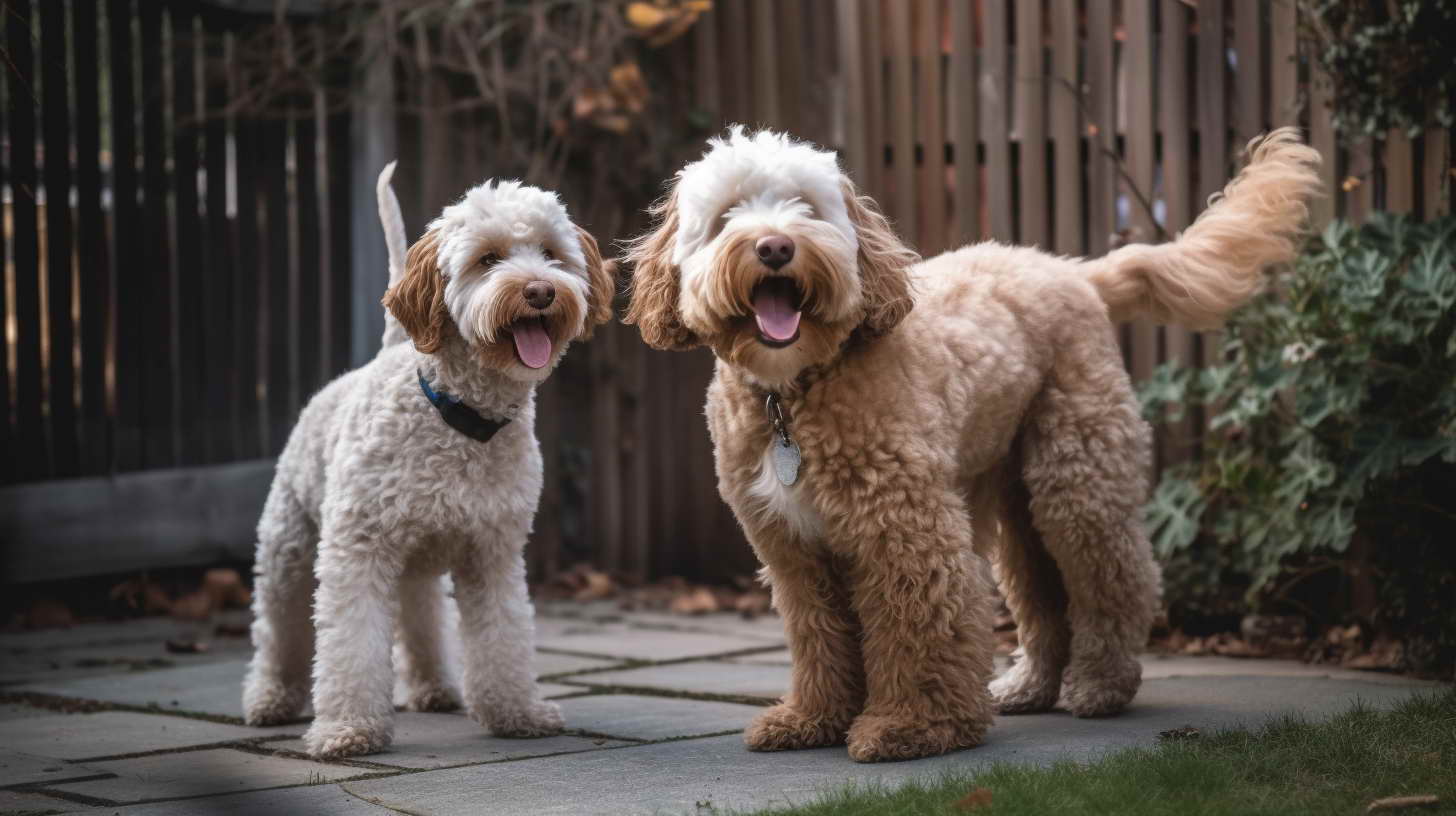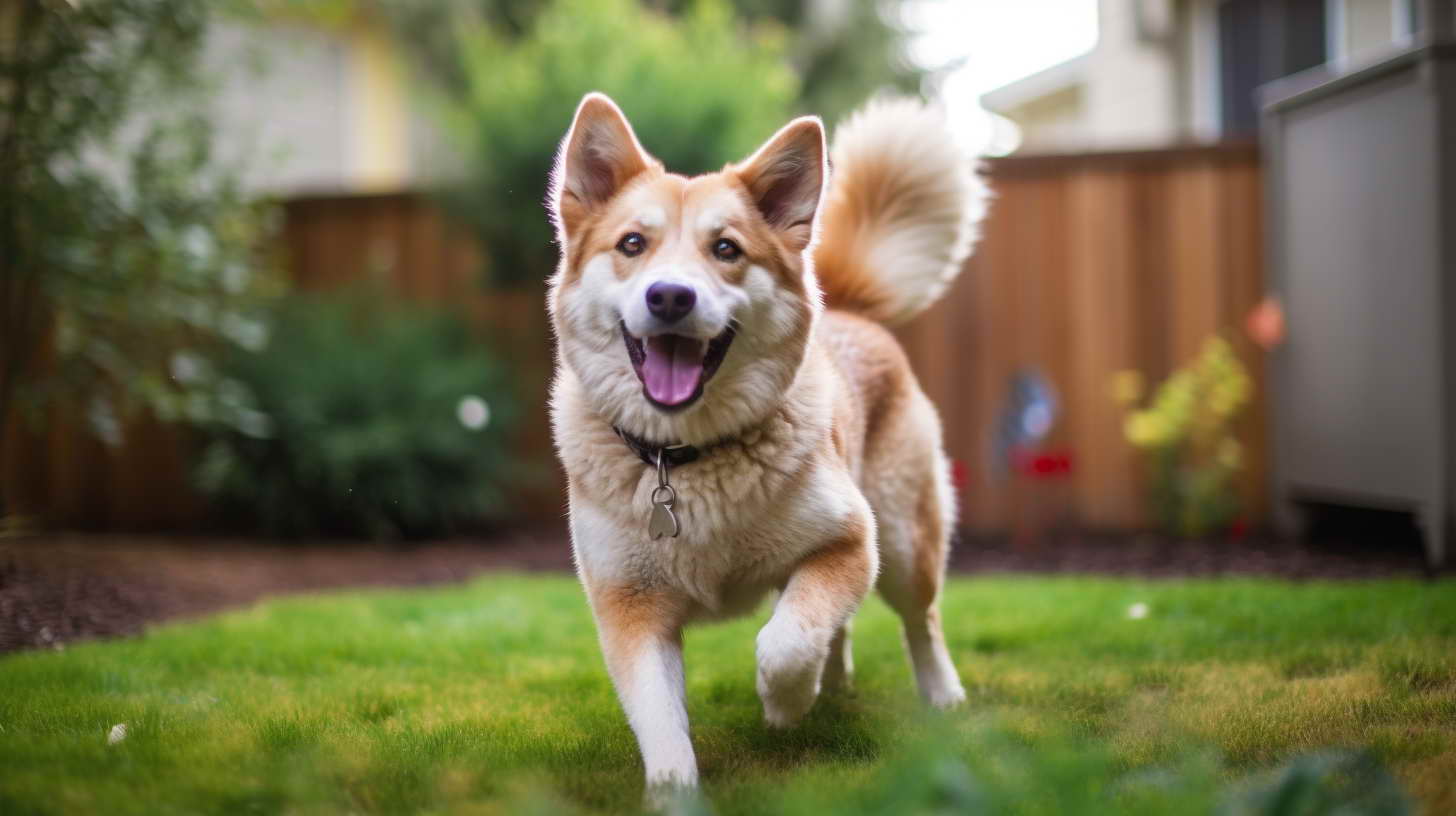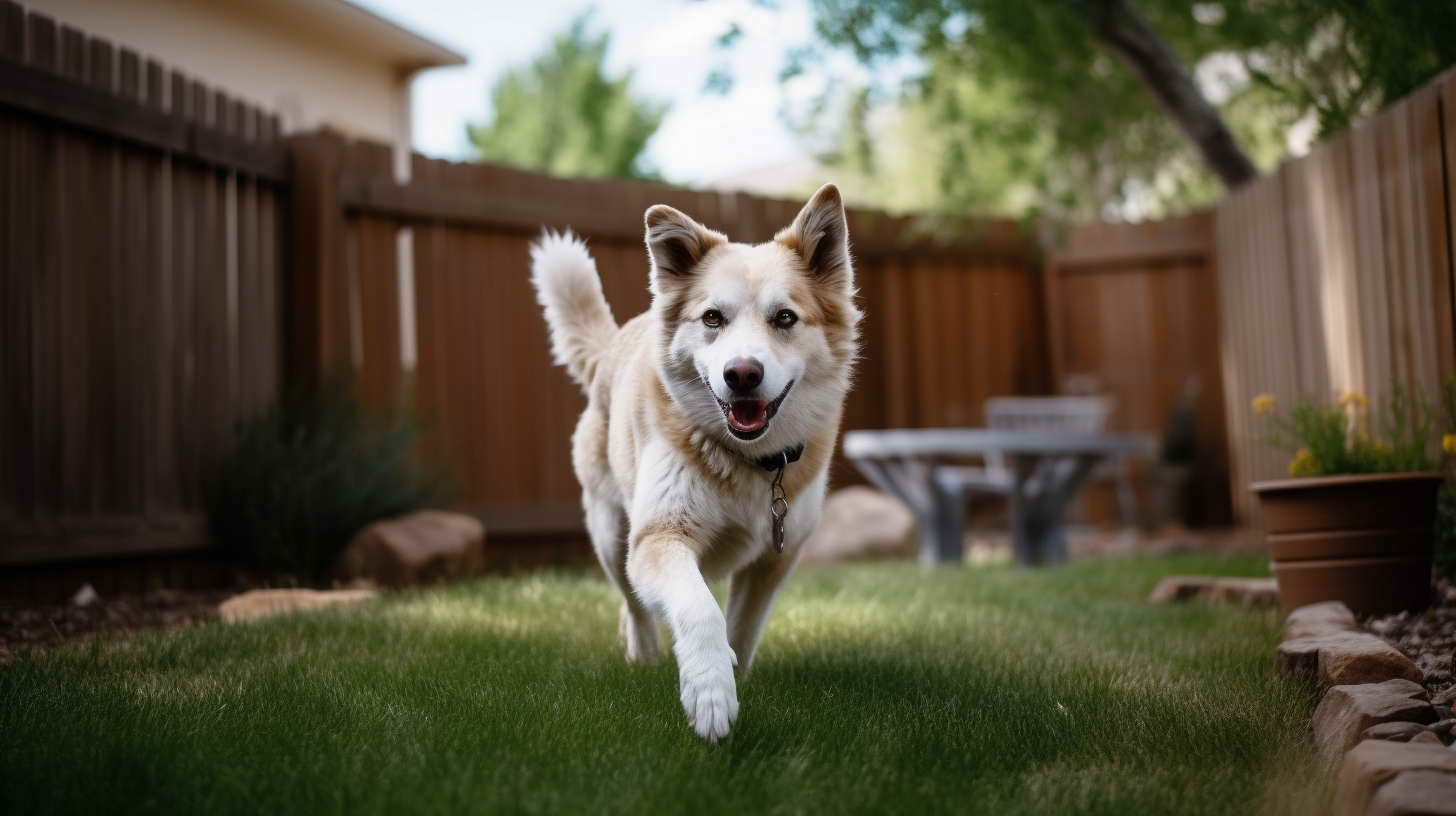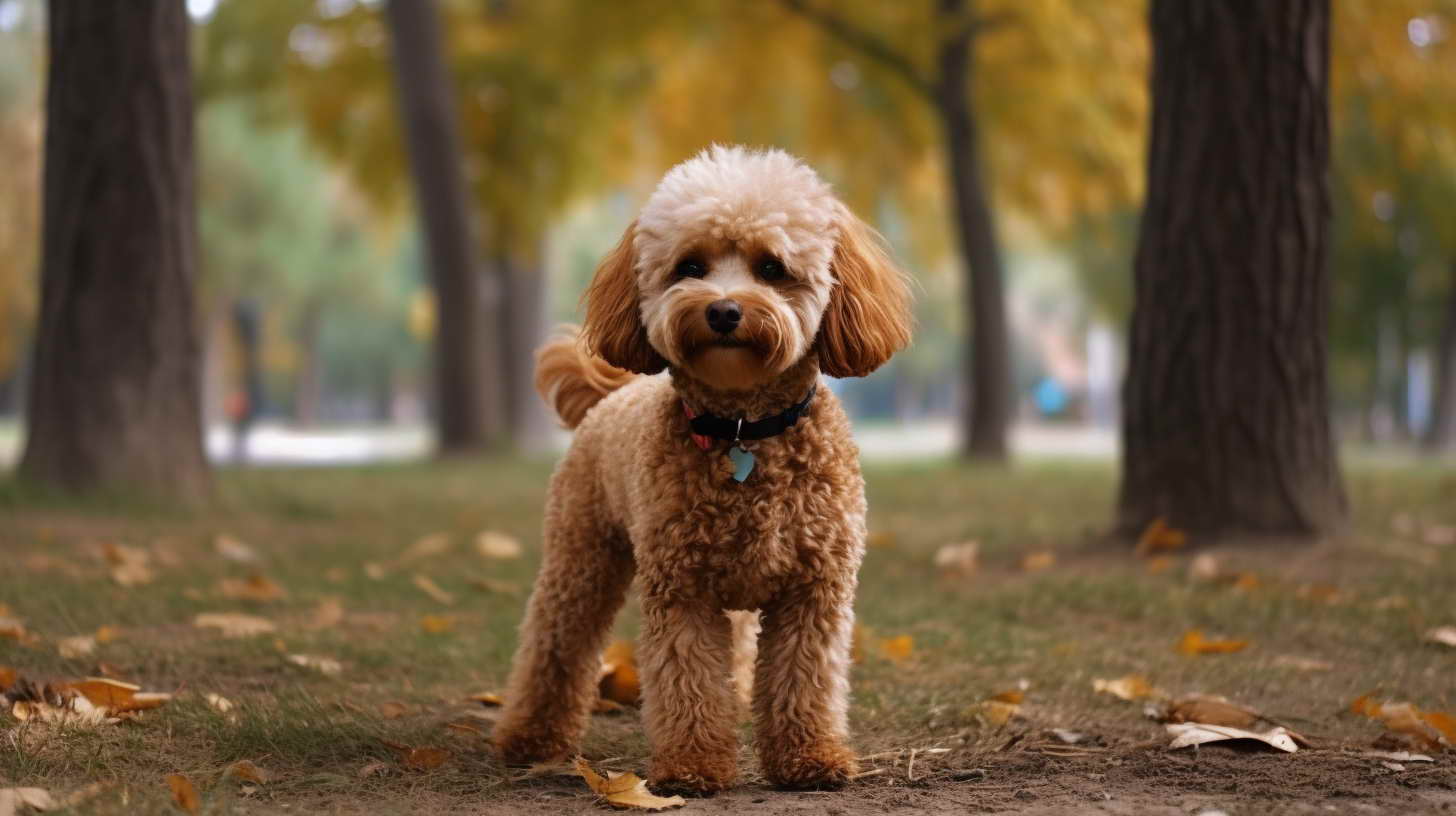The Rise of Designer Dog Breeds
PETSIDI – Designer dogs, also known as hybrid dogs or crossbreed dogs, have become increasingly popular over the last few decades. These dogs are bred from two different purebred dogs and combine desired traits from each breed. Some of the most famous designer breeds include Labradoodles, Goldendoodles, Puggles, Pomsky, and Cockapoos. In this article, we’ll take a closer look at designer dogs – their origins, popularity, pros, and cons, and whether they make good pets.
The Origins of Designer Dogs
Crossbreeding dogs is nothing new – mongrels and mutts have existed as long as there have been dogs. However, deliberately crossing two purebreds to create a new hybrid breed is a more recent phenomenon that originated in the second half of the 20th century.
The first intentionally created designer dog was the Labradoodle, developed in Australia in the 1980s. Wally Conron, a breeder working for the Royal Guide Dogs Association of Australia, had the idea of crossing a Labrador Retriever with a Poodle to try to develop a guide dog with the Labrador‘s gentle temperament and trainability and the Poodle‘s hypoallergenic coat.
Conron’s aim was to provide non-shedding guide dogs for people with blindness and vision issues who were allergic to dog fur and dander. The result was a dog with the desired traits of both parent breeds – a smart, sociable dog with a low-shedding coat. Although the Labradoodle didn’t make the best guide dog, it proved popular as a companion and family dog.
The success of the Labradoodle inspired other breeders to try their hand at creating new crossbreeds by mixing two established breeds. Throughout the 1990s and 2000s, designer dogs like Goldendoodles, Cockapoos, Maltipoos, and Puggles were developed and started gaining popularity as family-friendly pets.

The Appeal of Designer Dogs
So what’s behind the designer dog craze? There are a few key factors that help explain the popularity of these crossbreeds:
- A unique mix of traits – By combining two breeds, designer dogs exhibit a blend of characteristics from each parent breed. For example, Labradoodles tend to combine the Labrador‘s friendly nature with the Poodle’s intelligence and low-shed coat. This allows people to essentially customize a dog’s traits.
- Increased health and hybrid vigor – Crossing two different purebreds can result in offspring that are healthier than their parents. Purebred dogs are prone to inherited diseases, so mixing breeds opens up the gene pool and reduces risk.
- Hypoallergenic coats – Many popular designer dogs like Labradoodles have a Poodle parent, which adds a hypoallergenic, low-shedding coat. This makes them a good choice for allergy sufferers.
- Fashionable and unique – Designer dogs offer families a one-of-a-kind dog. Their uniqueness and rarity add to their appeal as fashionable pets.
- Small size – Many designer breeds are bred to be smaller than their parent breeds, making them well-suited to apartment living. For example, a Poochon is a cross between a Bichon Frise and a Poodle, resulting in a petite, low-shedding companion.

Popular Designer Dog Breeds
There are now hundreds of different designer dog breeds, but some of the most popular include:
Labradoodle
The original designer breed, the Labradoodle remains one of the most popular doodle hybrids. Most Labradoodles are crosses between a Labrador Retriever and a Miniature or Standard Poodle. They are prized as friendly, intelligent dogs with hypoallergenic coats.
Goldendoodle
Mixing a Golden Retriever with a Poodle produces the Goldendoodle, an energetic and affectionate dog known for being great around kids and people of all ages. Their shaggy, low-shedding coats come in a variety of colors.
Cockapoo
This popular designer dog combines a Cocker Spaniel and a Poodle. Cockapoos are typically small- to medium-sized dogs praised as loyal and cuddly companions. They have the Cocker’s Stable personality and the Poodle’s intelligence and low-dander coat.
Maltipoo
A cross between a Maltese and a Poodle, Maltipoos are diminutive companion dogs ideal for urban living. They are outgoing, playful, and eager to please, with a low-shed coat that is soft and hypoallergenic. Their small size makes them a favorite choice for seniors and singles.
Puggle
Puggles have an amusing appearance thanks to their Beagle and Pug parentage. They are moderate- to high-energy dogs and their easy-going nature makes them a popular family pet. Thanks to the Beagle, they often have a mellow personality.
Pomsky
One of the trendiest designer breeds today is the Pomsky, a cross between a Siberian Husky and a Pomeranian. Pomskies exhibit traits of both parent breeds, including the Pomeranian’s bold and lively attitude. They have extremely thick, weather-resistant coats.
Aussiedoodle
For those seeking an energetic and highly intelligent designer dog, the Aussiedoodle fits the bill. Breeding an Australian Shepherd with a Poodle or Mini Poodle results in a smart, active dog ideal for sports and outdoor activities. They also have low-shedding, wavy coats.
Yorkipoo
The Yorkipoo combines the best qualities of Yorkshire Terriers and Poodles to create a small hybrid dog that’s equal parts affectionate and spunky. Weighing 5-15 pounds, Yorkipoos thrive on human interaction and adapt well to different lifestyles.

The Designer Dog Controversy
Despite their popularity, designer dogs are controversial in some dog circles. Here are some of the main criticisms:
- Inconsistent traits – Unlike purebreds, crossbreeds can exhibit a wide range of characteristics, even within the same litter. There is no predictability in how they will turn out.
- Unethical breeders – Irresponsible breeding practices and puppy mills tarnish the image of designer dogs. Reputable breeders are difficult to find.
- Overpriced – Designer puppies often cost much more than either of their purebred parents. Critics argue buyers are paying for a trendy fad.
- Misleading marketing – Terms like “hypoallergenic” or “no shed” used to promote designer dogs can be misleading, as no dog is 100% allergen-free.
- Health issues – Crossbreeding doesn’t automatically make dogs healthier. They can still inherit congenital diseases from either parent breed.
Supporters counter that reputable breeders are working hard to establish designer dogs as their breeds with standards, temperament testing, and health screenings of parents. They argue designer dogs have legitimate benefits and aren’t just trendy gimmicks. The debate continues within the dog world.
Why Corgi Husky are controversial designer breed?
The Corgi Husky designer dog breed has become increasingly popular in recent years. However, this particular crossbreed has sparked much controversy within the dog community. There are a few reasons why experts argue that crossing a Pembroke Welsh Corgi with a Siberian Husky can be problematic.
Firstly, the Corgi and Husky have very different backgrounds and were originally bred for completely different purposes. Huskies were bred as hardy sled dogs able to withstand freezing temperatures and run long distances. Corgis, on the other hand, were bred as herding dogs meant to work cattle by nipping at their heels. This means that temperament and activity levels of the parent breeds can clash in a Corgi Husky mix. Huskies have very high exercise requirements and a strong prey drive, whereas Corgis are more low-energy herders.
Secondly, there is concern over potential health issues in the Corgi Husky hybrid. Both Huskies and Corgis are prone to inheritable conditions like hip dysplasia, eye problems, and spinal issues. Crossing the two breeds runs the risk of puppies inheriting health defects from both parents. Additionally, their disparate sizes (Corgis being far shorter) pose a risk for birthing complications. Breeders may purposely breed larger female Huskies with smaller Corgi studs, which raises ethical concerns.
Finally, some critics argue there is little reason to cross these particular breeds beyond creating a novelty hybrid. The traits and appearances of parent breeds are too dissimilar to complement each other well. Responsible motivation to improve health or temperament is unclear. Additionally, Corgi Husky puppies can exhibit a very wide range of traits due to the random mixture of genes. There is little consistency even within the same litter. Overall, dog experts recommend those interested in this popular designer dog do extensive research on finding an ethical breeder.
Are Designer Dogs the Right Choice?
So with all the controversy surrounding designer breeds, how do you know if one is right for you? Here are some things to think about:
- Activity level – Research both parent’s breeds thoroughly to get a sense of the hybrid’s likely energy level and exercise needs. Make sure they fit your lifestyle.
- Coat and grooming – While designer dogs can have fewer shedding coats, they often need regular brushing and clipping to prevent matting. Are you prepared to keep up with grooming?
- Size – Designer dogs can range considerably in size. Make sure your living space can accommodate the potential full adult size.
- Temperament – Look for a crossbreed whose parent breeds have personalities that complement each other well. Avoid a mismatch that could result in behavioral issues.
- Health risks – Ask breeders to show health clearances for both parents. Be aware certain purebred issues like hip dysplasia can still affect designer puppies.
- Cost – Designer puppies are expensive. Be prepared for an investment of $1000 or more. Never buy from a breeder who can’t provide information on the parents’ health and temperament.
If you take your time researching and finding a responsible breeder, designer dogs can make wonderful companions. But it’s important not to get swept up in the trendiness. Always make an informed decision based on your lifestyle and needs.

Top Designer Dogs for Families
For families looking to add a designer dog to their home, certain breeds stand out for their temperaments well-suited to households with children. Here are some top family-friendly designer dogs:
Labradoodle
With their affectionate, cheerful nature, Labradoodles make excellent family pets. They adore people and get along well with kids of all ages as well as other pets. Their intelligence also makes training easy. Just be mindful of their energetic nature and need for daily activity.
Goldendoodle
Like Labradoodles, Goldendoodles have a very sociable and gentle disposition perfect for busy families. They are playful, patient, eager to please, and highly intelligent. Their low-shed coat is an added plus for families with allergies.
Cockapoo
Smaller in size, Cockapoos are a great choice for families in apartments or with young children. They love being around their people and are exceptionally social and great with kids. Cockapoos are also friendly towards other pets.
Puggle
With their affectionate and people-pleasing nature, Puggles excel as family companions. They tend to be very attached to their owners and energetic enough to keep up with active children. Early socialization is key for these crossbreeds.
Maltipoo
Families seeking a small designer dog should consider the lively and affectionate Maltipoo. Weighing 5-15 pounds, they are well-suited for apartments and homes with limited space. Maltipoos get along wonderfully with children and form strong bonds with their families.
Cavapoo
A cross between a Cavalier King Charles Spaniel and a Poodle, the gentle and charming Cavapoo is an ideal family dog. They thrive on being around people and will enthusiastically play with kids for hours. Cavapoos are eager to please and highly trainable.
Schnoodle
For families seeking a protective and loyal dog, the Schnoodle (Schnauzer/Poodle) fits the bill. With proper socialization, they exceed as family pets – intelligent, affectionate, and energetic enough to handle children. Their small-to-medium size also works well in family settings.

Health and Care Tips
To keep your designer dog happy and healthy:
- Groom regularly – Most designer breeds need weekly brushing and regular haircuts every 6-8 weeks. Proper grooming prevents painful mats and skin issues. Never shave their coats completely.
- Watch their diet – Avoid overfeeding designer puppies, as obesity is common. Stick to measured meals of high-quality dog food recommended for their expected adult size and activity level.
- Provide plenty of exercise – Designer dogs are often energetic and in need of at least 30-60 minutes of vigorous daily exercise. Take caution in hot weather to prevent overheating.
- Train consistently – Early socialization and positive training ensure designer dogs grow into well-behaved companions. Participating in obedience classes is highly beneficial.
- Keep up with vet visits – Schedule annual checkups to catch any potential health issues early. Designer dogs require the same vaccines and preventatives as purebreds.
- Monitor health risks – Based on their parent breeds, find out what conditions designer dogs may be prone to. Discuss tests for issues like luxating patellas, heart conditions, and eye diseases with your veterinarian.
The Future of Designer Dogs
While designer dogs seem poised to continue growing in popularity, they also face an uncertain future. Critics argue establishing hybrid breeds as their standardized type – with a breed club, studbook, and breed standards – is crucial to legitimizing them. Others think the entire concept of “purebreds” is outmoded in an age where genetic diversity is valued over pedigree.
Regulation and responsible breeding practices remain challenging with so many new crossbreeds continuously being developed. But regardless of controversies, people’s endless fascination with creating new types of dogs looks unlikely to wane anytime soon. As long as breeders and buyers remain enamored with the idea of combining the best traits of multiple purebreds into new hybrid packages, designer dogs are here to stay.


Leave a Reply